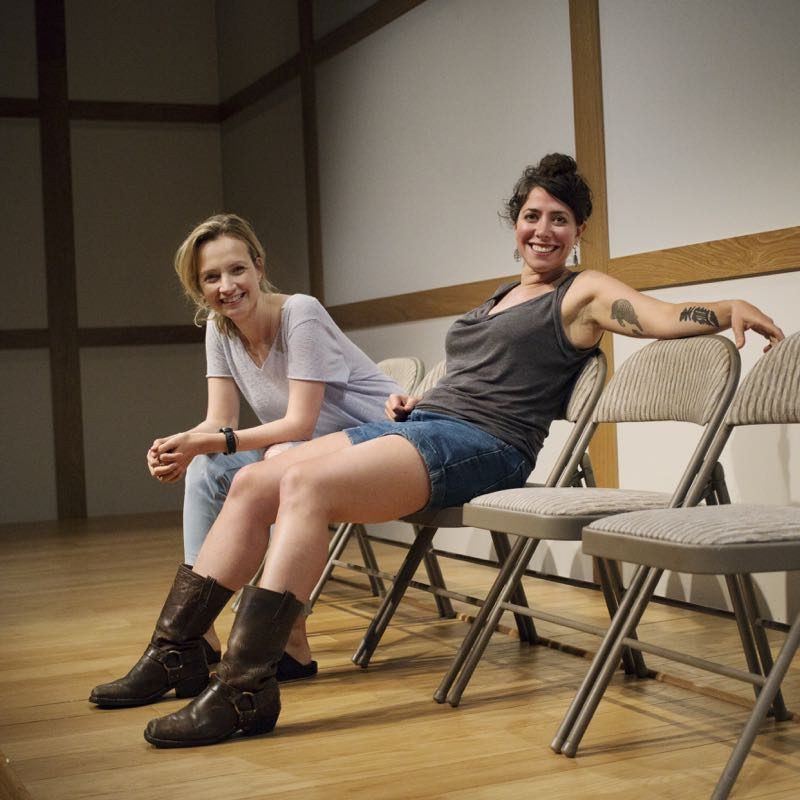Rachel Chavkin and Bess Wohl on Small Mouth Sounds
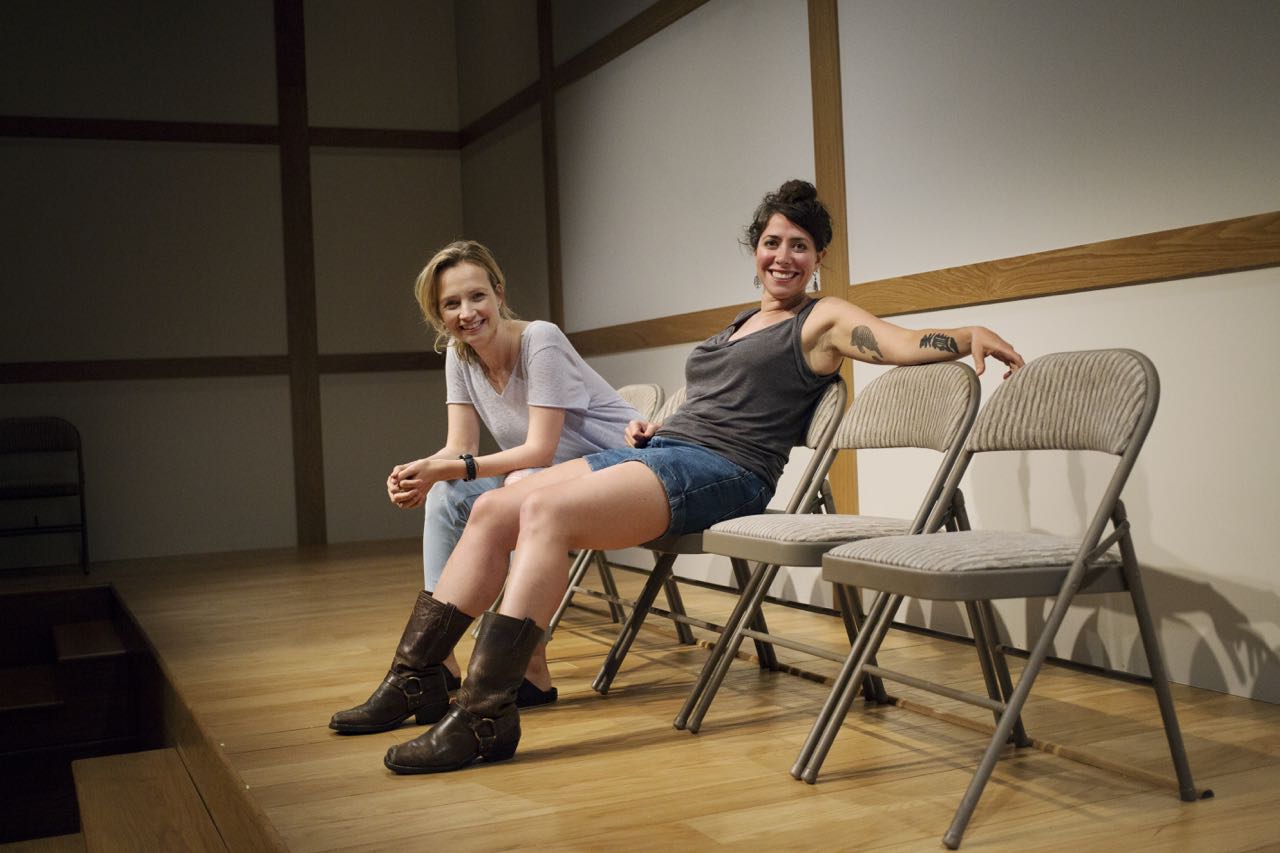
Written by Victoria Myers
Photography by Tess Mayer
July 13th, 2016
Playwright Bess Wohl and Director Rachel Chavkin are in rehearsals for Small Mouth Sounds. Again. After a successful run at Ars Nova, the show is back, this time at the larger Signature Theatre complex. Previews recently started and they’re still fine-tuning the show, adjusting it to the different space and the new cast members. Small Mouth Sounds takes place at a silent retreat (yes, this is that play with little dialogue that people were talking about last year) and walks the line between comedy and tragedy, what’s said, what’s unsaid, and what’s assumed. Bess Wohl’s previous work includes American Hero and the book for the musical Pretty Filthy. Rachel Chavkin recently directed Hadestown and Natasha, Pierre and the Great Comet of 1812, which will be on Broadway in the fall. We sat down with them to discuss how the play was developed, their collaboration, audience engagement, and more.
Small Mouth Sounds is in previews now. What’s been your big focus in terms of remounting the show?
Bess: A lot of it has been wanting to create the experience that we had at Ars Nova and just share it with more people. That’s really been the impulse behind it. We had a great run at Ars Nova, but we felt that [since] we only had about 80 people a night who were able to see it, there were a lot more people who wanted to see it. I would say it’s really just been about wanting to expand on what we did. Some new stuff has emerged and some of it has been finding old stuff again. We have three new cast members who are wonderful, so there’s been a process of incorporating them. It’s been a mix of looking back and looking forward.
When you’re working on something over a long period of time, is your general philosophy that at a certain point you just need to lock it in and this is what this is? Or is it more, “this is what it was, but it’s X months later and maybe it can be a little bit of this too”?
Rachel: With this particular project, because we have these three new cast members, there’s just quite literally no way for it to be exactly as it was, and that’s healthy. There are definitely beats throughout the show that we have had to reexamine and re-orchestrate based on the new individual metabolisms that are part of those moments. Then there’s stuff in the show that we haven’t changed that was strong and remains strong. I think it’s not about change for change’s sake, because I do a lot of revisiting previous things, but at a certain point you have to make sure that the impulse is still live. If the impulse has kind of gone to sleep or is dead or different behind the moment, then it’s worth every reexamination.
Bess: There’s no way it could be the same because three actors are different. A year later, Rachel is different, I’m different, the world is different. One thing that’s been interesting is seeing how certain moments resonate in different ways just because of how our culture has evolved in the past year; we were just talking about that today. Hearing how different things popped, and I’ve done a tiny bit of adjusting based on that. I tend to be somebody who will tinker with something forever. I’m super nitpicky and I would never, ever let go of anything if there weren’t just the date of like, sorry, people are coming, you have to show this to somebody. It’s probably a good thing that happens because I never feel done with anything.
Did you two know each other prior to this?
Rachel: We met over this project. Emily Shooltz, the Associate Artistic Director at Ars Nova, thought we might get on. We met in the spring of 2014, I think.
What was the development process like? I’m guessing you did not do a lot of readings at music stands with this.
Bess: Honestly, part of the impulse behind it was I wanted to write a show that you can never have a reading of, because I thought the endless reading process of a lot of plays can get really frustrating. Sometimes it’s illuminating, but a lot of times it’s frustrating, so I was really interested in circumventing that. It was never a reading, you had to put it up to see if it worked or not. In our first workshop, Rachel managed to put the entire thing on its feet in a week. We went to Martha’s Vineyard with a group of actors, a place called the Vineyard Arts Project, and it was our first experience of, could this play ever be anything or is it just some crazy idea.
Rachel: We worked on all of these spatial problems. Like the play and production would be super different if we had a space with a turntable, but because we didn’t have that, it ended up governing a huge amount about how this production is now.
Bess: At the beginning, we thought the space at Ars Nova was going to be a liability because it’s so small and strange, and they were sort of like, “Well, we don’t even know if we can do this here,” and then it turned into our greatest asset because it forced some artistic decisions that ended up, luckily, working out.
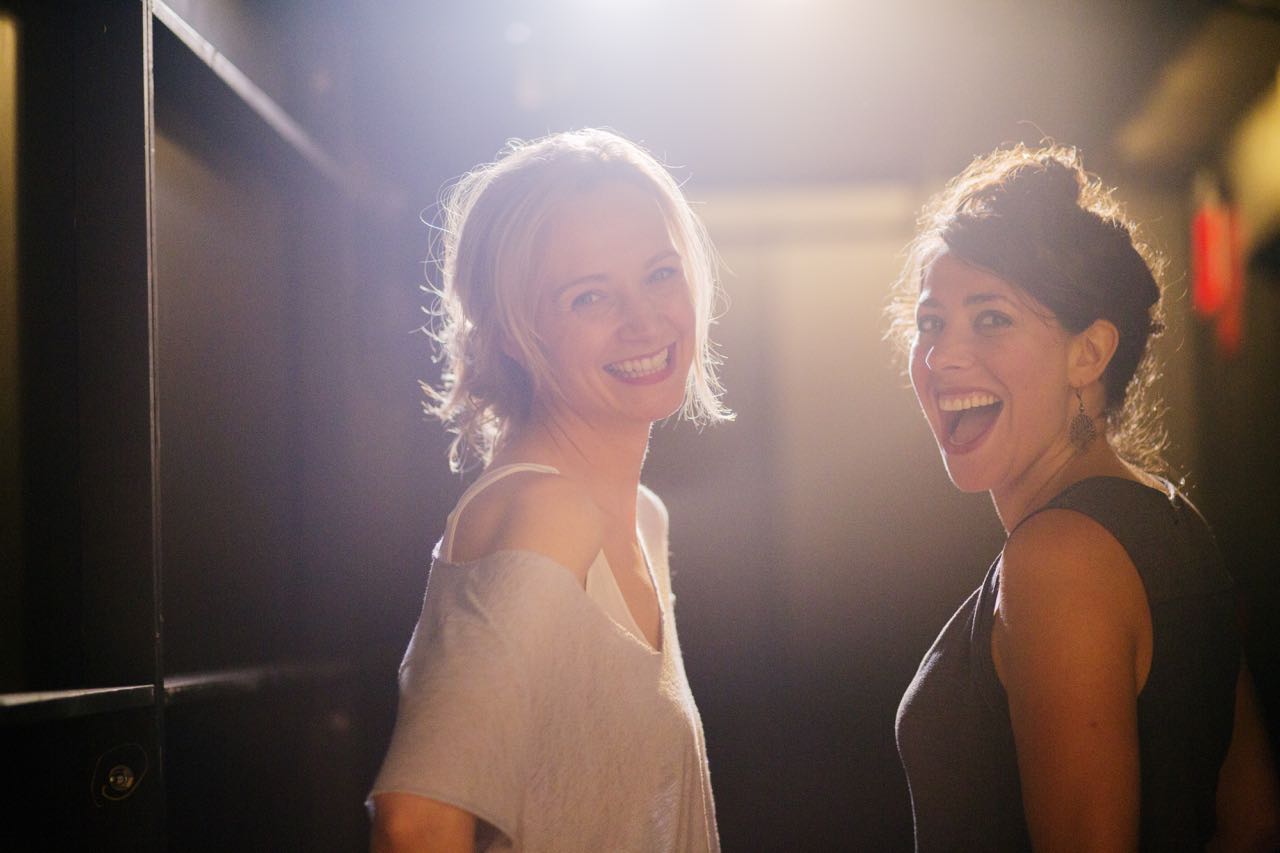
For this piece, did you give any thought to the neighborhood that the theatre is located in? How people are coming in off the street from midtown and that environment, and going into the environment of the play?
Rachel: I wouldn’t say I’m particularly influenced by the neighborhood. I definitely think about what people are carrying in just from their lives and living in New York City, what people find funny, where downtown or uptown might feel more or less jaded, and more or less ready to laugh, and might be more or less drunk on Saturday night. In making a production, that is very clear—gentle but clear—and it’s essentially instructions to the audience in terms of how to watch it. We’ve talked a lot about, in this production, there’s an extended silence at the opening that is very much about teaching we’re going to be really in silence for a lot of this play and the rumors [about lack of dialogue] are true to a certain extent. The thing that you came for, you’re going to get in a real way. That felt really important to teach off the bat and give the audience the permission to adjust through that silence.
Was there a lot of thought and work on the tone throughout various moments of the piece?
Bess: Definitely. I mean, I think there always is, really. One thing that I’m really interested in always is how much you can put something really sad next to something really funny and how far you can go with that without it feeling jarring. If it does feel jarring, having it feel surprising in a good way. A lot of the work of this was figuring out how comedic does a certain beat want to be; if we go that funny, can we go that sad right after? Balancing the tone was a huge part of this.
When you were coming up with the characters that you wanted in the piece, did you give any thought to how you were gendering each character? Especially because so much of it is non-verbal communication, which can be very different with women than men?
Bess: One hundred percent. Well, the teacher in this piece could be any gender, I wrote that in the script. It’s played by a man right now. It’s sort of a genderless presence, in a way.
Rachel: We had females play it during development and one quite androgynous performer play it. One of our understudies is female.
Bess: It’s a role that’s purposefully left gender ambiguous. Actually at one point, in an early draft, I thought I was going to have a character who you couldn’t tell what gender they were, kind of like Pat from Saturday Night Live. I ended up not doing it because I was like, “That’s too much like Pat.” I did think a lot about how we read gender on other people and the markers for that is an important piece of the play.
Was that also something you gave thought to in the staging in terms of how audiences would read a behavior coming from a woman versus coming from a male character?
Rachel: Yes and no. I mean, I think I was acutely aware that when the character of Alicia enters, who is a young, blonde woman, that there would be an immediate response. Actually, we encourage the actors to also participate in characterizing whether this is a person of privilege and whether they like them or not. We are acutely aware of that, so how we then turn over and undercut those expectations is very conscious.
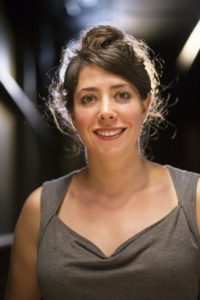
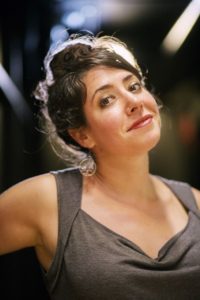
I read that you gave all the actors long backstories. Could you talk a little bit about that?
Bess: Every character has about a page and a half of backstory, which is pretty unusual. Normally there’s a couple of sentences, sometimes nothing. I felt that since I hadn’t given them a lot of lines to say, it was really important for me to show them that I still had a sense of who they were. I felt this background would inform all of their tiny behavioral choices that Rachel and the actors have choreographed right down to the tiniest detail. It was probably for me to know that I knew who they were, but also to say, “You may not speak, but I know who you are.” I was really also interested in creating something that was sort of a secret for the company that performs the play, not necessarily something that we would share with other people.
What were your initial conversations like when you two were first introduced and started talking about the show?
Bess: We had a great coffee.
Rachel: I think I talked to you about how noisy the play—the production—felt like it wanted to be, but with different gradations. I remember talking about the white noise and gray noise and this feeling of tuning the radio dial but all you can get is static but you’re still aware that you’re on a different station when you’re moving through static. I think I said that.
Bess: I remember very clearly like the first thing you said was that you wanted the audience to feel like they had experienced a silent retreat at the end of this theatrical experience. I feel like you’ve held to that throughout, that’s been a real guiding principle of all the choices that we’ve made. I remember that really well from that coffee.
Rachel: Yeah. I just love the play. I cried while reading it, which doesn’t generally happen.
Do you usually gravitate towards projects where you read it and you immediately say, “Yes, I know how to do this”? Or do you gravitate towards projects where you read it and you’re like, “I have no fucking clue”?
Rachel: I would say neither of those. It could be mysterious or it could be super clear. At this point, I have to have a really strong guttural reaction to reading a play to decide to work on it. [It could be] the political aims of the play, the beauty of the characters or the weirdness of the world or the strangeness of the form and the newness of the form. In this case, it’s a lot of those things coming together.
Bess, when you’re writing, are you a very visual writer? Do you see scenes before you? Do you hear things? A combination?
Bess: I have some kind of a picture of it, but I don’t see it like on a movie screen. I have a feeling of certain images and I have a feeling of rhythm. I think both Rachel and I have a feeling of rhythm that I try to put on the page and I feel like Rachel is really able to see that. I think even more than visual, I have a sense of okay, this is going to be the rhythm of the piece to a degree. Then I’m normally proved wrong over and over again by the actors and find something better.
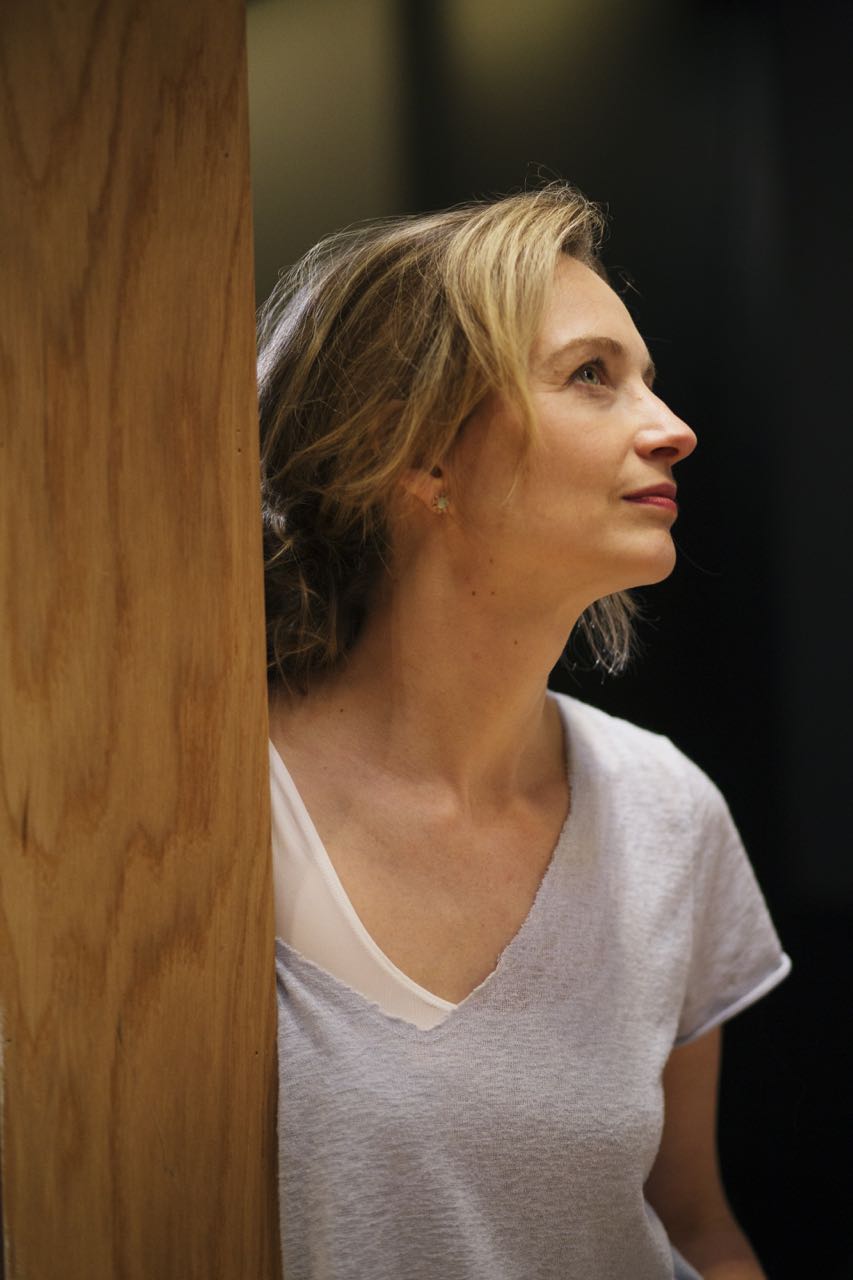
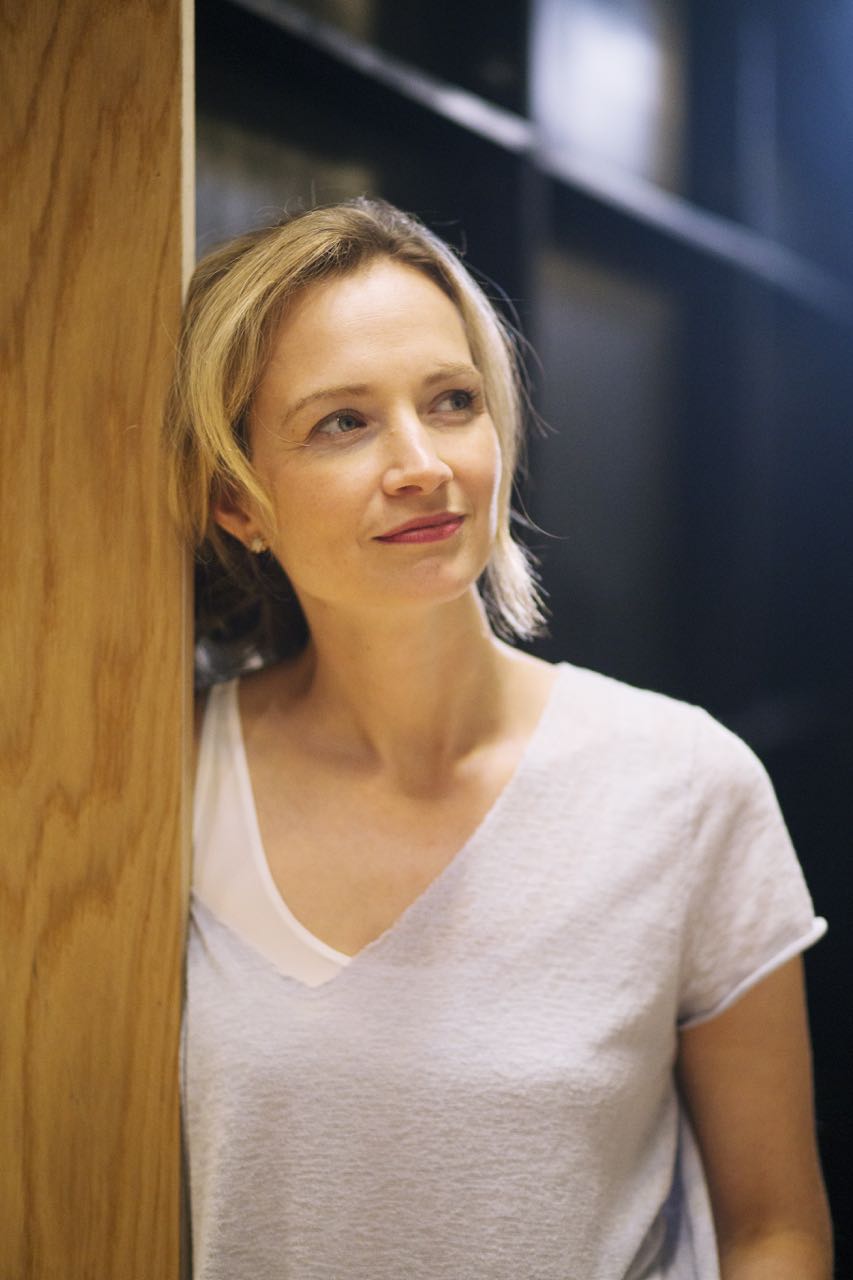
Something you’ve talked about previously is that there are some parts in the play that could be 30 seconds or three minutes, and the [idea of the] pacing as part of the structure.
Rachel: Just today we changed this massive bit. I mean massive—this is the scale of the show, but it used to be a 25-second beat and now it’s a five-second beat. I think we’re also both drawn to authenticity of performance, I think we both have really strong eyes for performers. Our cast is exquisite. There’s no place to hide if it’s not authentically lived through the moment. To a certain extent, it has to take a little bit more time than [something like a] sitcom.
Bess: It’s not like rapid-fire dialogue where you can just coast on it. The actors have said that it’s a very exhausting play to be in because they can’t just say the words, they have to actually be in every moment. I think that’s what, hopefully, makes it exciting to watch for an audience. There’s no phoning it in.
Everything is highly choreographed in this play and then has to look natural.
Rachel: We were just having an argument with an actor today because we’re setting something that has been totally freestyle. We’ll set the events, but knowing that they may spin in slightly different ways. The rehearsal process for this show has been figuring out how many different ways something like taking off your shoes can spin, and then being like, “Let’s close this door, this door, this door, this door, this door,” but there will inevitably be other doors that you can think of in terms of how, at the moment, it could go. It’s just a lot of repetition to hone down the beats.
You also have to tell the audience where and when to look. Can you talk a little bit about putting that together?
Rachel: We do a huge amount of eye direction through sound—and I don’t mean through sound design, I mean through the actors’ sound. There are moments where a jacket has to be shaken very loudly or someone has to clear their throat or whatever, just to draw our eye in preparation for this other event that’s going to happen. A lot of that we did in the rehearsal room. Then, of course, we get into the space and we also get to do that with lights. Stowe Nelson, our sound designer, moves the rain through the space, depending on which cabin you’re in. There’s a huge amount of very careful direction and attention.
What are things you think can be done to help improve the development of new work?
Rachel: The best is the two-week workshop. I love the two-week workshop.
Bess: Yeah, that’s really helpful.
Rachel: It’s so helpful because you can begin to get into real staging stuff. That is how Dave [Molloy] and I made Preludes at LCT3, through a series of two-week workshops. That’s really nice because then everyone is getting paid kind of full-time and they can sort of shut down their other lives. Whereas if people are running between [projects]… The 29-hour reading is just a nightmare.
Bess: If there were a formula for how to write and develop a play, there would be a lot more people doing it, probably. It’s such a sort of weird little magic trick to come up with a piece of theatre and to have people like it or not. I think theatres supporting new work and giving artists opportunities to get in rooms together, giving them time and resources and actors, is really all it takes. And being open to the process, and not necessarily expecting immediate results in terms of what the piece is. You can get into a danger zone of grading on a pass/fail instead of, “Here’s what’s working and here’s what’s not yet, and let’s just foster the stuff that’s working and give it time to find itself.”
Do you have any ideas of how to help improve audience engagement in theatre?
Rachel: Ticket affordability will help get a certain section of the population that is cut out from some theatre experiences who just simply can’t afford a ticket but absolutely want to be there. What that doesn’t begin to address at all are the multitudes of people who don’t necessarily have much of a relationship, nor do they necessarily want one, to what we would identify as the mainstream theatre scene. That doesn’t mean theatre is not a huge part of their lives. There was just a huge story about the Signature, actually, the effort to get tickets affordable for $25 a pop. They were talking about [how] one piece of that was they had to spend a lot of time going up to Harlem to get the community that they wanted, and have them hear that it was a genuine invitation and that they would be welcome in the building. Because if you’re going into a place where you’ve never been, it’s a disarming and not necessarily comfortable experience. That’s true equally if you’re someone who is really most at home at Citi Field. I think that people are kidding themselves when they think it’s an easy and not wholly consuming task that requires one, if not multiple full-time staff members. I think also that is absolutely worth the investment.
How much did you two talk about how far you could go with questions that are unanswered in this piece, or how far you wanted to go or didn’t want to go?
Bess: I definitely didn’t want to tie up everything with a bow at the end. It’s fine with me if the audience leaves with some unanswered questions about the characters, in a good way. I think one thing that I learned while writing this play is that the less you tell an audience, the better sometimes. It makes them sit forward and creates some mystery and they become detectives in pursuit of the answer, versus sort of spoon-feeding them. It’s been an interesting calibration of where we want to be ambiguous and where we want to really make something clear and make sure the audience is grasping it. My hope is people come out of this play with a lot of different ideas about where the characters are going with their lives, who’s changed, who hasn’t, what the future holds.
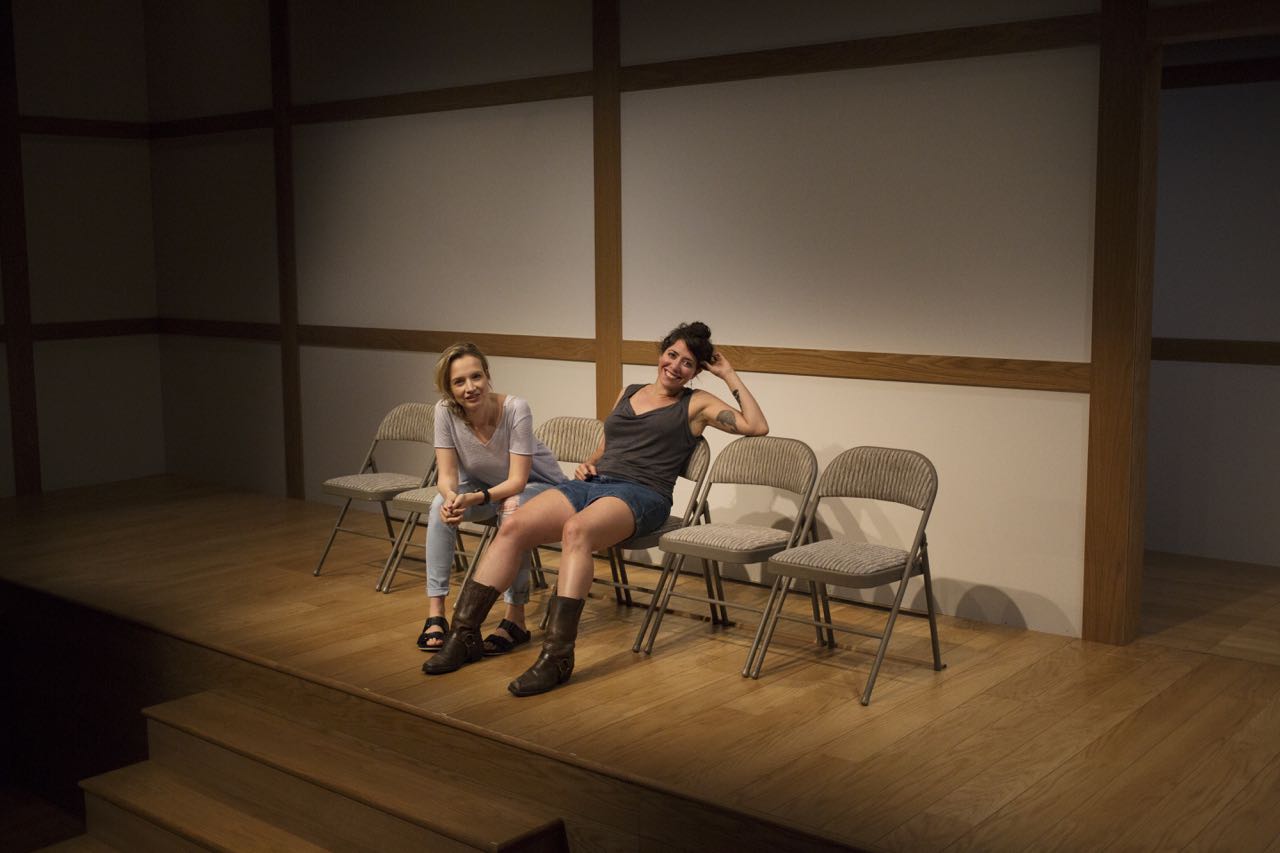
Do you find other areas of culture like art, music, or film influenced your work on this piece? And in general?
Rachel: Definitely in general. With this piece, I know when I was working on this piece, I was coming out of a period of being really into—and I love her work still—Kelly Reichardt’s work. She’s an independent filmmaker that makes mostly dialogue-less films that are these hyper-intimate character portraits that I think are stunningly beautiful and very real-time. It’s really beautiful: Old Joy and Wendy and Lucy.
Bess: I don’t feel like I was thinking about any particular influences when I wrote this. I’m always listening to music while I write or absorbing visual art. I really love, formally, people lined up in a row. There’s that in almost all of my plays, so I think there’s some sort of visual thing about people…
Rachel: It’s nice looking at all that humanity at once.
Bess: There’s something about it that I just love, but there’s not a certain visual artist that I was thinking of when I wrote it. I do think it’s important to look to different art forms. It kind of gets you out of your own headspace and makes you think about what theatre could be, beyond some people on a sofa in the living room.
You’re working on something else together?
Bess: Yeah, we’re just very, very much starting working. We’re in the very early stages of a musical for LCT3. That’s very exciting.
Rachel: Yeah, with the Bengsons. We’re making it from scratch.
Bess: At like four in the morning I sent Rachel this weird thing I found on the internet and she was like, “That seems like it could be something.” It’s a different process, but exciting.

